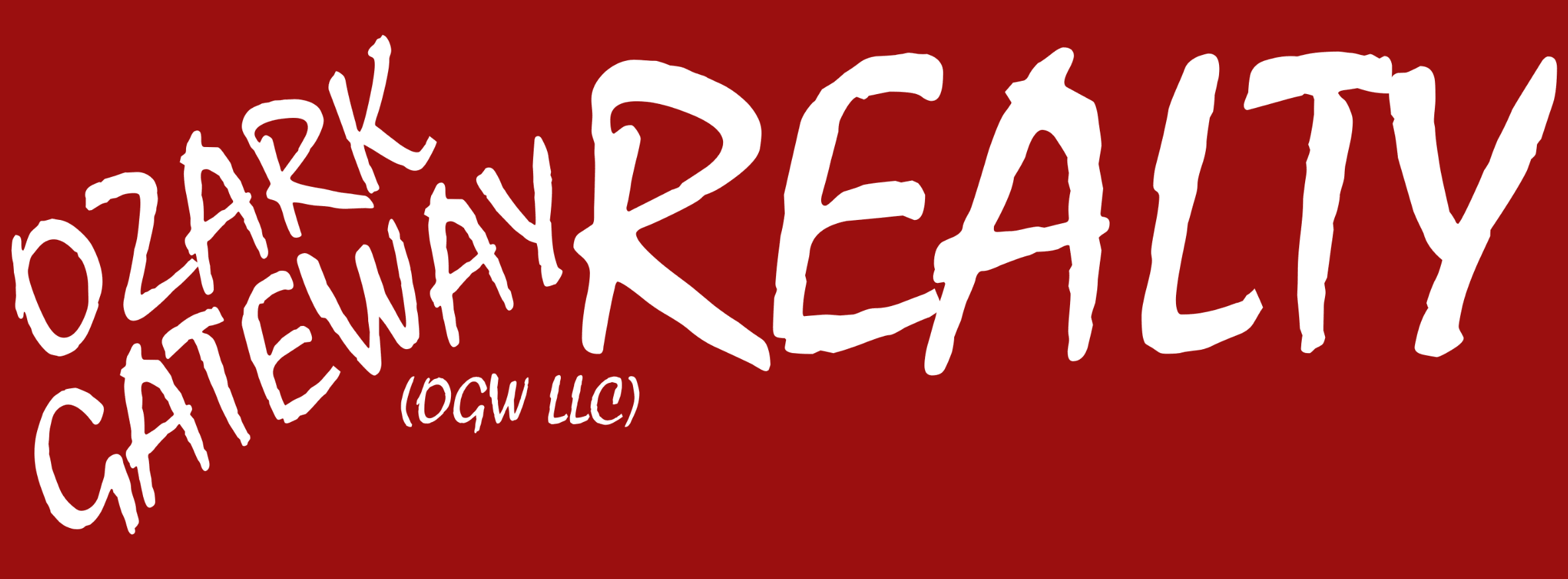Why Equestrian Properties Are More Than Just Land
Equestrian properties aren't just about acreage. They represent a lifestyle built around the love of horses, open skies, and the freedom to ride whenever you please. Whether you’re a competitive rider, a trainer, or someone who simply dreams of waking up to horses grazing outside your window, the right property can transform that dream into reality.
[Continue reading or watch instead on YouTube]
Owning your own horse property means no more boarding, no more hauling your horse back and forth—it’s just you, your land, and your animals, all in one place.
How Much Land Do You Really Need?
As a general rule, plan for at least two acres per horse, plus additional space for barns, paddocks, and riding areas. But let’s be honest—horse lovers often find themselves adding to their herd.
If you’ve got the land, you’ll likely end up with more horses. So plan for growth, not just what you need right now.
Understanding Zoning and Restrictions
Before buying, dig into the local zoning laws and deed restrictions. Most equestrian properties in rural areas, especially in regions like North Central Arkansas, are outside city limits, which helps avoid livestock restrictions.
However, you should never assume. Even in open areas, some parcels might have covenants that restrict certain animals. Always check before you buy.
What Makes a Property Horse-Ready?
A great equestrian property has more than just pasture. You’ll want to inspect:
-
Barn placement: Is it close to the house?
-
Stables: Are the stalls spacious and well-ventilated?
-
Water access: Is water available in the barn and throughout the pasture?
-
Fencing: Wood, electric, or mesh? Is it in good condition?
-
Arena: Is there an indoor or outdoor arena? What type of footing does it have?
Reliable water sources, easy access to grazing areas, and accessible driveways or paths for trailers are all essential.
Don’t Forget About Location
Even if a property checks every box, location is everything. Is it near:
-
Veterinarians familiar with equine care?
-
Feed and tack stores like Tractor Supply or local saddle shops?
-
Trail access and riding event venues?
In Sharp County, Arkansas, resources are conveniently located in towns like Ash Flat but always verify local availability before making a decision.
Also, consider climate. In places like North Central Arkansas, where you get all four seasons but enjoy relatively short winters, year-round riding is possible.
Cost Considerations Beyond the Sale Price
Owning an equestrian property comes with additional responsibilities and expenses:
-
Pasture and fencing maintenance
-
Feed, vet bills, and farrier services
-
Insurance: Not just homeowners insurance, but liability coverage if you plan to board or breed
-
Utilities: Water lines to barns, electricity to outbuildings, and waste management
These aren't optional—they're part of protecting your investment and your animals.
Financing and Grants for Horse Properties
Financing an equestrian property often requires specialized rural or agricultural loans. Work with a lender who understands these property types.
You may also qualify for rural development grants, especially if you plan to build or expand equestrian facilities. Look into local, state, or federal programs that support agricultural development.
How to Start Your Equestrian Property Search
Begin with a list of:
-
Must-haves (barn, acreage, location)
-
Nice-to-haves (arena, cross-fencing, wooded areas)
-
Deal-breakers (restrictions, flood zones, poor access)
Use tools like MLS searches or real estate agents who specialize in horse properties to find what fits. In Arkansas, many agents can also set up auto-updating search tools tailored to your criteria.
If you find something promising, visit in person. Walk the fields. Tour the barn. Ask the seller what they love—and what’s been challenging.
Even better, talk to neighboring horse owners. They can offer insights into the area’s horse-friendly culture and services.
Final Thoughts: It's a Lifestyle, Not Just a Property
Buying an equestrian property is about more than land—it's about building a lifestyle that works for both you and your horses.
Whether you’re starting small or aiming to build a full-scale facility, the key is planning ahead. Think long-term, think practically, and make sure every feature supports your equestrian goals.
If you're ready to begin your search, be sure to download the Equestrian Property Inspection Guide. It's packed with helpful checklists to walk you through each step.
Happy riding—and happy property hunting.







